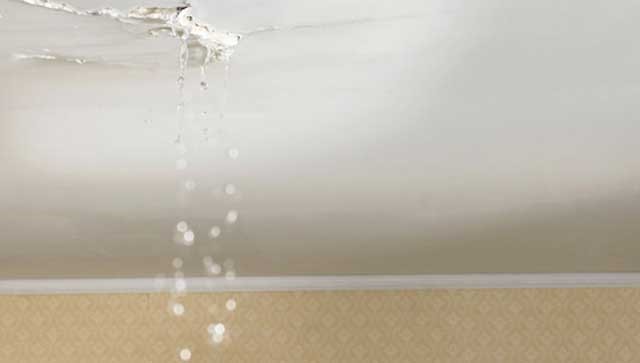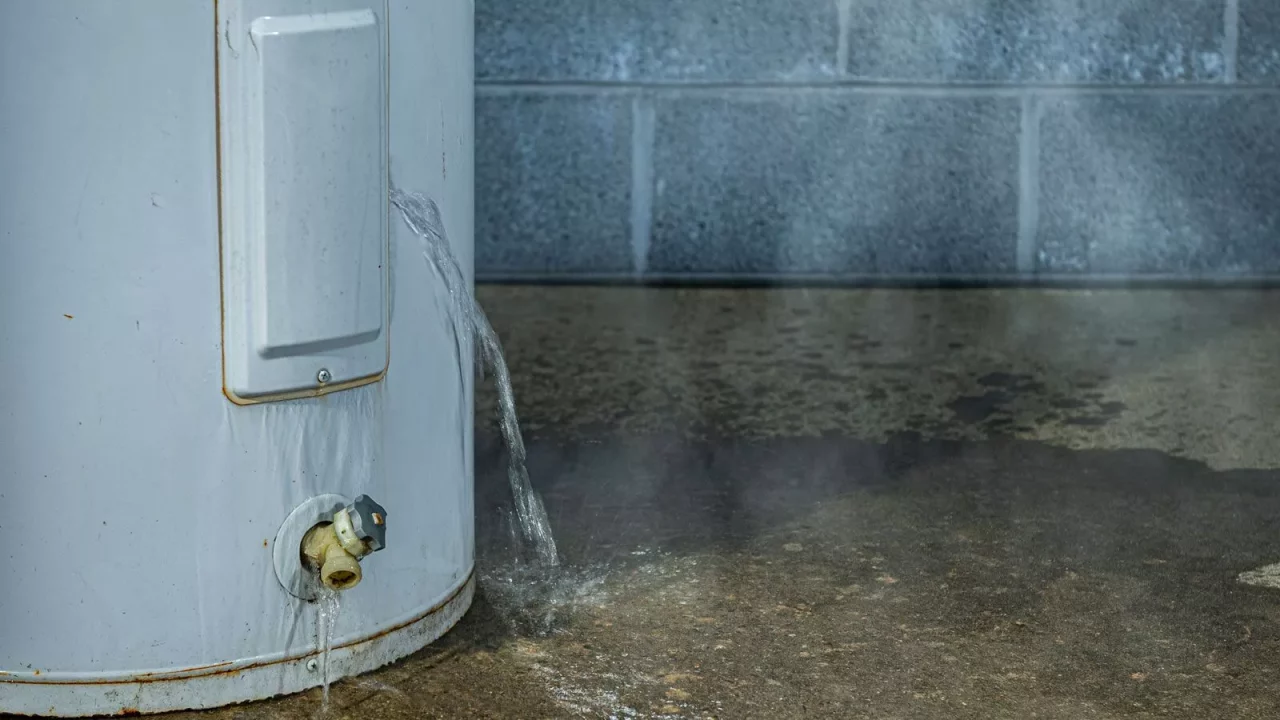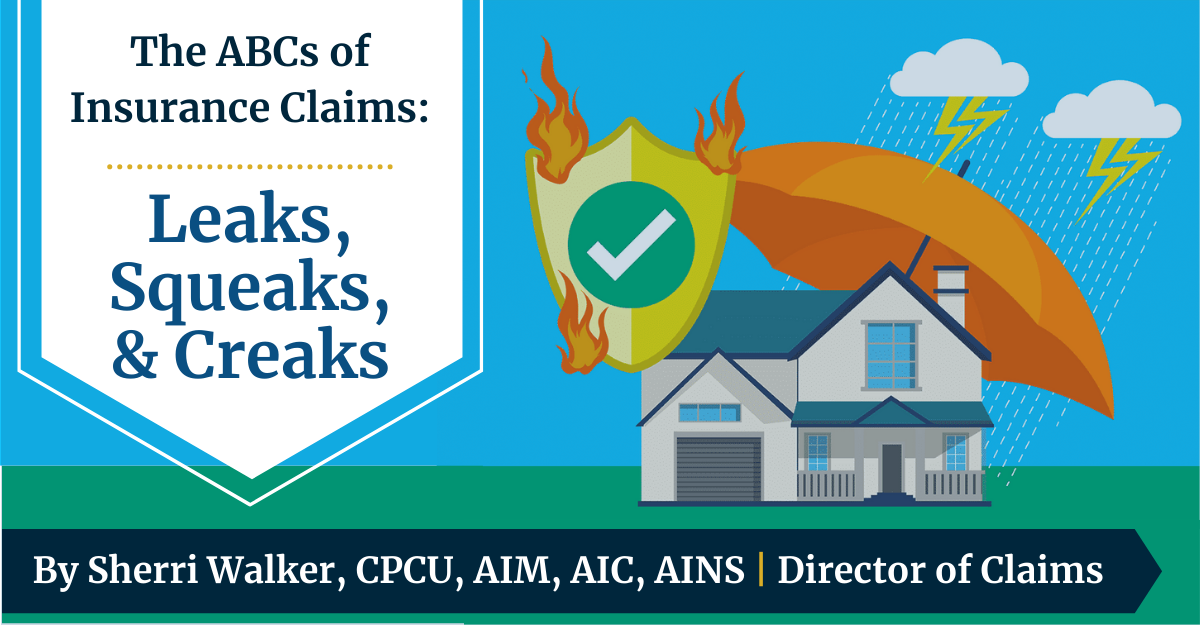Welcome to the ABCs of Insurance Claims. Over the next few months, Sherri Walker, Sentinel’s Director of Claims will address an aspect of claims handling for every letter of the alphabet to help provide a better understanding of the claims process.
Understanding Your Homeowners Policy
Ah, the “American dream”…Homeownership. There is nothing in the world like the feeling of turning that key in the lock for the first time on your very own home. Owning a home is such a liberating feeling; until the night that you hear the dreaded drip of water into your bedroom, you step on a floorboard that suddenly creaks and peeks up at the corner, or you notice that the concrete steps leading to your porch have begun to crumble. Home repairs can be costly can cause a lot of stress. In that moment, many of us wonder “Is this covered under my Homeowners policy?”.
Most of us are unsure what the standard homeowners policy covers. When the thick policy arrives in the mail, many of us chuck it in a drawer, unopened, to have handy for a “rainy day” if, and when, we need it. Of the people who open it and attempt to translate the unending pages of double column technical jargon, a large percentage will just give up, as it is difficult to understand the nuances of what “the policy giveth and the policy taketh away.” At the end of the day, we end up simply hoping for the best and trying to prepare for the worst.
While understanding the standard Homeowner policy is a bigger task than we can take on in one blog, it’s important to understand that a Homeowners policy is not a warranty and does not automatically cover all things that “break”. For coverage to apply, there must be “direct, physical damage” that is “sudden and accidental,” and it must occur due to a covered cause of loss. If the damage doesn’t meet the three criteria listed, then your policy may not cover it. This means that a resulting issue can be either excluded or covered, depending on the factors of how it occurs.
What Is and Isn't Covered?
Let’s take a leaking roof for example. A roof leak can be the result of a windstorm that rips shingles off the home, or it can be from the simple wearing out of roof as the house ages. It could be from a pipe boot that has cracked and loosened over time, or from improperly installed shingles.

To determine if any of these scenarios would be covered, we would have to weigh each one against the requirements for coverage outlined above. The worn-out boot and old roof would not be sudden or accidental, and the improperly installed roof would not be direct physical damage, so the roofs in those scenarios would not be covered.
The wind torn shingles would meet all those elements & would be a coverable loss. However, if rain entered through any of the above scenarios, and caused damage to the drywall and your belongings, then the rain damage would meet the conditions needed and would likely be covered.
Another example would be your water heater. If your water heater fails due to a rusted-out spot and water escapes, the water heater itself would not be covered because the rust would not be sudden and accidental. However, the water that escapes would be sudden and accidental, and if there was resulting damage, that water damage would likely be covered. Conversely, if a lightning strike to the home damages the water heater, and it no longer works due to the circuit board being fried, then it would likely be covered. This is common with HVAC units as well.

If you have wood flooring in your home that over time gets a worn spot from frequent foot traffic, or a board that over times rises, then once again, those things would not be covered. Long term pipe leaks, foundation settling, crumbling mortar between bricks, and general mold issues that occur without a covered loss being the primary cause are all things that your policy doesn’t intend to cover. It’s also worth noting that trees, shrubs, and plants are not covered if they simply don’t survive a case of an eager tender with a black thumb (that one comes from personal experience; it’s me).
Safeguarding Your Success
While it can be frustrating that not all issues which befall homeowners are covered, understanding why can help us anticipate whether this is an expense that we will have to carve into the budget. When you have a situation like this, comparing the facts against the needed elements of coverage can help you know whether a claim should be filed with your carrier.
Our knowledgeable team at Sentinel is always happy to review your potential claims and advise whether your damage should be filed. We are here to safeguard your success and keep your non-covered claims history squeaky clean!


